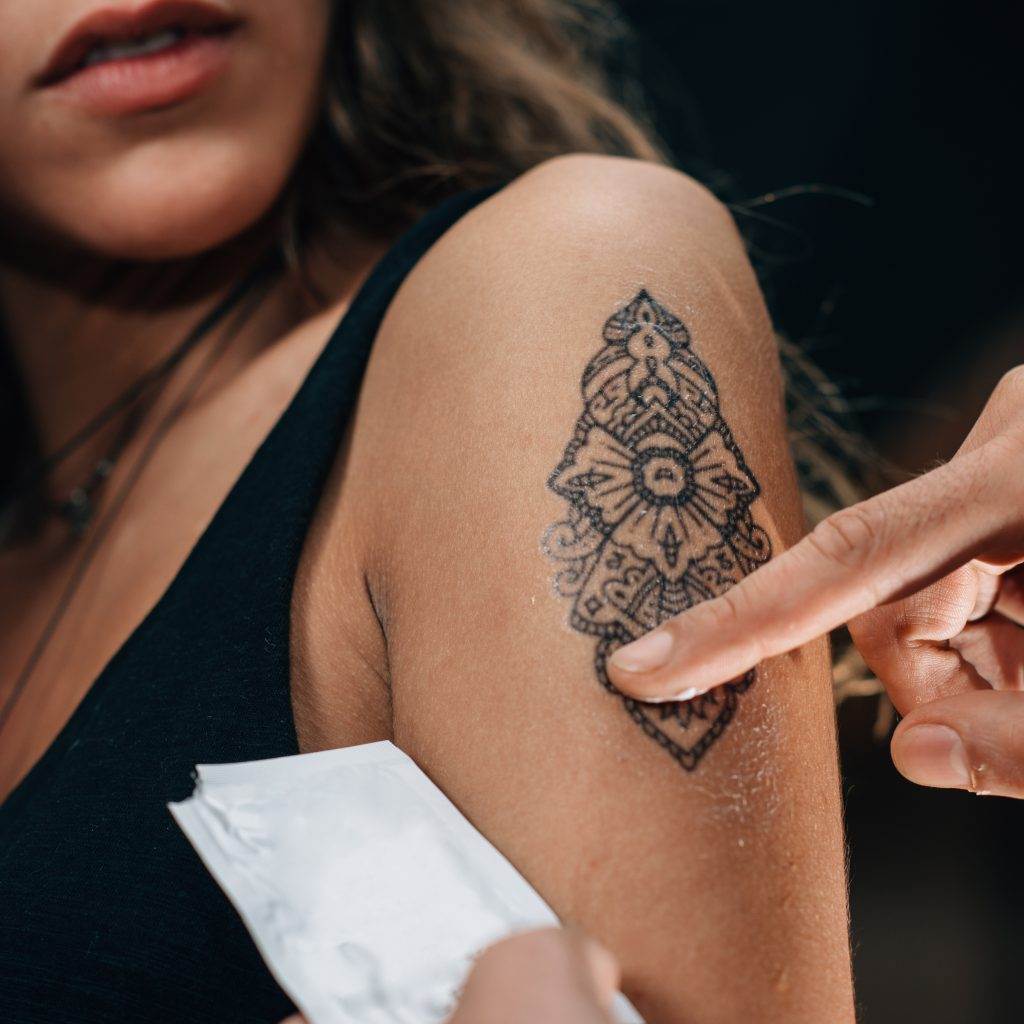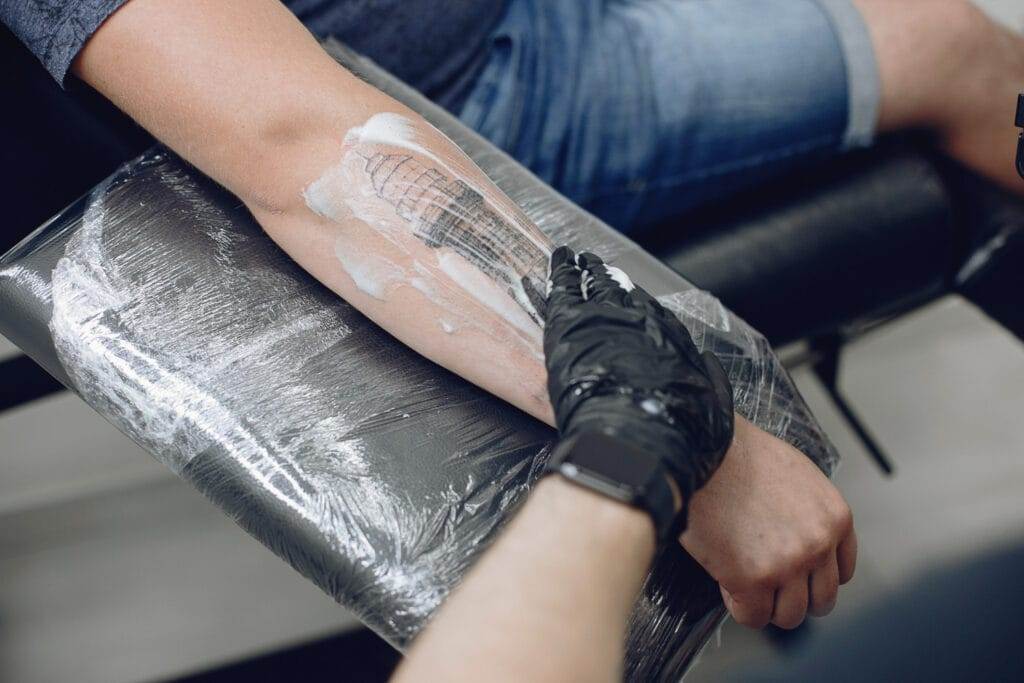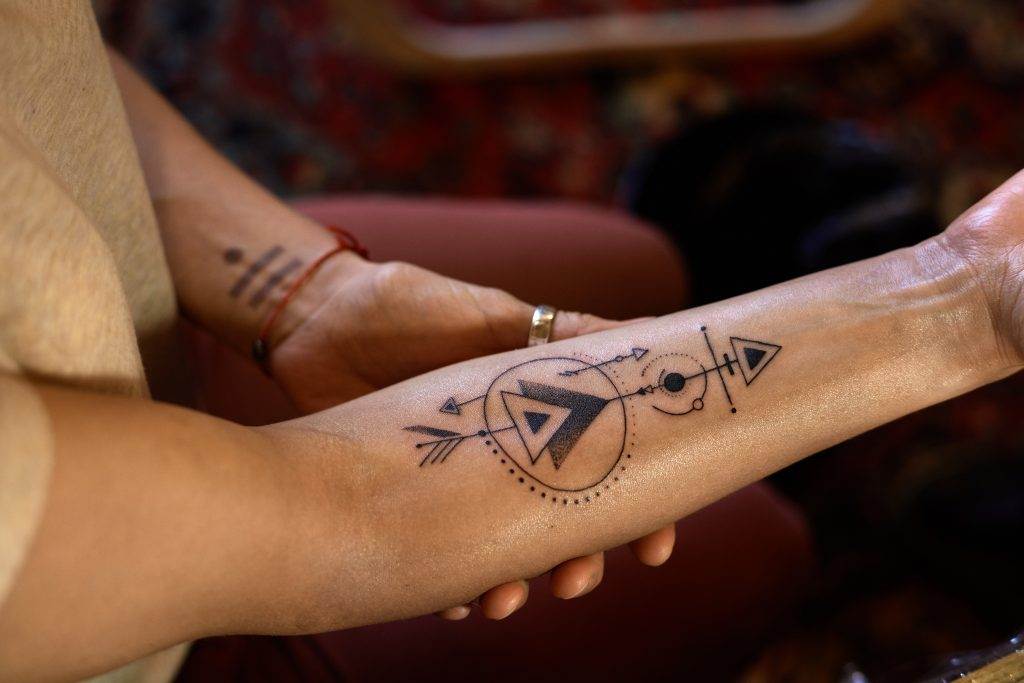Tattooing is an ancient art form that has been practiced for thousands of years. It has deep cultural and historical roots, with evidence of tattooing found in various ancient civilizations around the world. Tattoos have always held significant meaning and symbolism, serving as a form of self-expression and identity for individuals.
Throughout history, tattoos have been used to represent various aspects of a person’s life, such as their social status, religious beliefs, and personal experiences. They have been a way for people to communicate their identity and tell their stories. Today, tattoos continue to be a popular form of body art, with millions of people around the world getting inked to express themselves and commemorate important milestones in their lives.
The Historical Roots of Tattooing and Its Evolution
Tattooing has its origins in different cultures across the globe. The earliest evidence of tattooing dates back to ancient Egypt, where mummies have been found with tattoos on their bodies. In Polynesia, tattooing has a rich history and is deeply ingrained in the culture. The Maori people of New Zealand, for example, have a long tradition of using tattoos to represent their tribal affiliations and personal achievements.
Over time, tattooing has evolved and adapted to different cultural contexts. In Japan, traditional tattooing known as irezumi has been practiced for centuries and is characterized by intricate designs that cover large areas of the body. In the Western world, tattooing gained popularity in the 18th century among sailors and soldiers, who would get tattoos to commemorate their travels or military service.
The Cultural Significance of Tattoos Across the World
Tattoos hold great cultural significance in many parts of the world. In some cultures, tattoos are seen as a rite of passage or a mark of belonging to a particular group or community. For example, in the Pacific Islands, tattoos are used to signify social status and tribal affiliations. In India, tattoos are often associated with religious and spiritual beliefs, with many people getting inked as a form of devotion to their gods.
In indigenous cultures, tattoos are used to preserve cultural traditions and pass down ancestral knowledge. They serve as a way to connect with one’s roots and honor the traditions of their ancestors. In these cultures, tattoos are not just a form of personal expression but also a way to maintain cultural identity and heritage.
Tattoos as a Form of Self-Expression and Identity
One of the main reasons people get tattoos is to express their personal identity. Tattoos can be a way for individuals to showcase their interests, passions, and values. They can represent a person’s beliefs, hobbies, or even their favorite quotes or symbols. For example, someone who is passionate about music may choose to get a tattoo of a musical note or their favorite band’s logo.
Tattoos can also be used to communicate personal beliefs and values. Many people choose to get tattoos that represent causes they care about, such as environmental conservation or social justice. These tattoos serve as a visual statement of their commitment to these causes and can spark conversations and raise awareness.
The Emotional and Psychological Impact of Getting a Tattoo
Getting a tattoo is not just a physical experience but also an emotional and psychological one. For many people, getting a tattoo is a deeply personal and meaningful experience. It can be a way to mark a significant life event or overcome personal challenges.
The process of getting a tattoo can be both exciting and nerve-wracking. There is often a mix of emotions involved, ranging from anticipation and excitement to anxiety and fear. However, many people find that the act of getting tattooed can be therapeutic and empowering.

The Role of Tattoos in Narrating Personal Experiences
Tattoos have long been used as a way to narrate personal experiences and tell stories. Each tattoo can hold a unique meaning and represent a specific moment or event in a person’s life. For example, someone may choose to get a tattoo to commemorate the birth of a child, the loss of a loved one, or a significant achievement.
Tattoos can also serve as a form of self-reflection and introspection. They can be a way for individuals to process their emotions and experiences, and to create a visual representation of their journey through life. In this way, tattoos become a form of storytelling, allowing individuals to share their personal narratives with the world.
Tattoos as a Medium for Celebrating Life Milestones
Tattoos are often used to celebrate important life milestones. They can be a way to mark significant events such as graduations, weddings, or anniversaries. Many people choose to get tattoos as a way to commemorate these milestones and create a lasting reminder of the joy and significance of these moments.
Tattoos can also be used to mark important life transitions. For example, someone who has overcome addiction may choose to get a tattoo as a symbol of their recovery and transformation. Similarly, someone who has gone through a major life change, such as moving to a new city or starting a new career, may choose to get a tattoo to represent this new chapter in their life.
The Artistic and Aesthetic Elements of Tattooing
Tattooing is not just about the meaning behind the tattoo but also about the artistic and aesthetic elements of the design. Tattoos are created by skilled artists who use their creativity and technical skills to bring the client’s vision to life.
Tattoo artists are often highly trained professionals who specialize in different styles and techniques. From traditional black and gray tattoos to vibrant watercolor designs, there is a wide range of artistic styles to choose from. Many people see tattoos as a form of wearable art, and getting a tattoo is often seen as a collaboration between the artist and the client to create a unique and visually appealing design.
The Controversies Surrounding Tattoos in Society
Despite the growing popularity of tattoos, they are still stigmatized in certain cultures and societies. In some religious traditions, tattoos are seen as taboo or forbidden. In other cultures, tattoos may be associated with criminality or deviant behavior.
Tattoos can also be a source of controversy in professional settings. Some employers have strict policies against visible tattoos, which can limit job opportunities for individuals with visible ink. However, attitudes towards tattoos are slowly changing, and many workplaces are becoming more accepting of visible tattoos.
The Future of Tattooing and Its Growing Popularity

Tattooing is more popular than ever before, with millions of people around the world getting inked every year. The tattoo industry has grown significantly in recent years, with more tattoo studios opening up and more artists specializing in different styles and techniques.
As tattooing continues to evolve as an art form, new technologies and techniques are being developed. From laser tattoo removal to 3D tattoos, there are constantly new innovations in the field of tattooing. This growing popularity and innovation suggest that tattoos will continue to play an important role in self-expression and storytelling for years to come.
The Enduring Power of Tattoos in Telling Our Stories
Tattoos have been a part of human culture for thousands of years, and their significance has not diminished over time. They continue to be a powerful form of self-expression and identity, allowing individuals to tell their stories and share their experiences with the world.
Whether it’s a small symbol or a full-body masterpiece, each tattoo holds personal meaning and serves as a visual representation of who we are and what we value. Tattoos have the power to connect us to our past, celebrate our present, and inspire us for the future.
As tattooing continues to evolve and gain acceptance in society, it is clear that tattoos will continue to be an enduring form of art and self-expression. They will continue to play a vital role in storytelling and personal identity, allowing individuals to leave their mark on the world in a unique and meaningful way.



